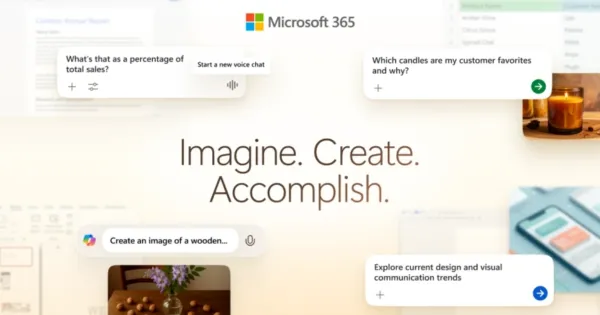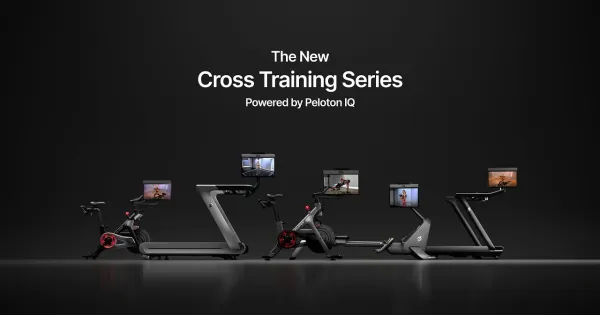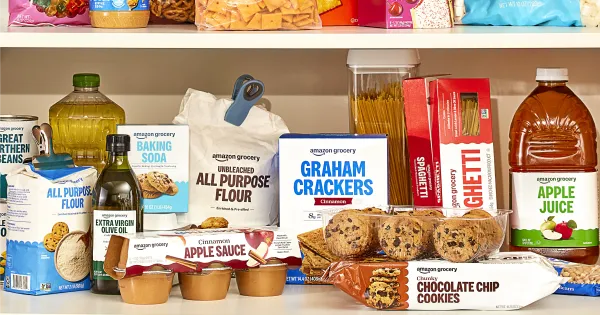FDA approves first-ever AI glucose monitor for weight loss from Signos

The Food and Drug Administration (FDA) has approved the first-ever glucose monitoring system designed specifically for weight loss, developed by health-tech startup Signos. The decision, announced Wednesday, creates a new pathway for Americans seeking to manage their weight outside of traditional treatments like medication or surgery.
A New Option Beyond GLP-1s and Surgery
Until now, the most common medical approaches to weight loss have been GLP-1 drugs such as Novo Nordisk’s Wegovy and Eli Lilly’s Zepbound, or bariatric surgery. Both options are typically reserved for patients with obesity or a specific body mass index (BMI). Access to GLP-1s in particular has been limited due to high costs (around $1,000 per month), supply shortages, and patchy insurance coverage.
Signos’ system opens the door to a broader audience. Unlike existing treatments, it is available to any patient who subscribes to a Signos membership.
How the Signos System Works
The system pairs an AI-powered platform with an off-the-shelf continuous glucose monitor (CGM) manufactured by Dexcom. The small sensor, worn on the upper arm, continuously tracks glucose levels and sends data wirelessly to the Signos app.
From there, the AI analyzes patterns based on glucose responses, food intake, exercise, and other lifestyle factors. Users receive real-time, personalized recommendations designed to promote healthier habits and sustainable weight loss.
“There is now a solution that everybody can use to help on the weight loss journey, and you don’t have to be a certain number of pounds to use it,” Signos co-founder and CEO Sharam Fouladgar-Mercer told CNBC. “The average person might have five pounds to lose, or others might have 100 pounds to lose. We are here to help them at any point in that journey.”
Cost and Availability
Patients can sign up for either a three-month plan ($139 per month) or a six-month plan ($129 per month). Each plan includes all CGMs needed for the chosen timeframe. While insurance does not currently cover the system, the price point is significantly lower than GLP-1 drugs.
Signos is in active discussions with insurers and employers to expand coverage options and expects adoption to grow quickly as interest in weight management continues to rise.
A Tool for Long-Term Change
Beyond weight loss, Signos aims to help people better understand their individual metabolic responses to specific foods and exercise. The company sees the system as both a weight-loss tool and a way to sustain results over the long term.
Fouladgar-Mercer noted the system can be used alongside GLP-1 medications or bariatric surgery, and even as a maintenance tool after discontinuing other treatments.
Addressing a National Health Crisis
Obesity remains a major public health challenge in the United States. According to the Centers for Disease Control and Prevention (CDC), nearly 74% of Americans are overweight or obese, with the epidemic costing the U.S. health-care system more than $170 billion annually.
By offering a scalable, affordable, and tech-enabled solution, Signos hopes to make an impact at both the individual and societal levels. “We’ve scaled up our CGM inventory and software capacity to handle a pretty massive scale,” said Fouladgar-Mercer, adding that tens of thousands of people have already tried the system.
With FDA approval now secured, Signos is positioning itself as a major player in the future of weight management—bridging the gap between high-cost medications, invasive surgeries, and lifestyle-based approaches.





